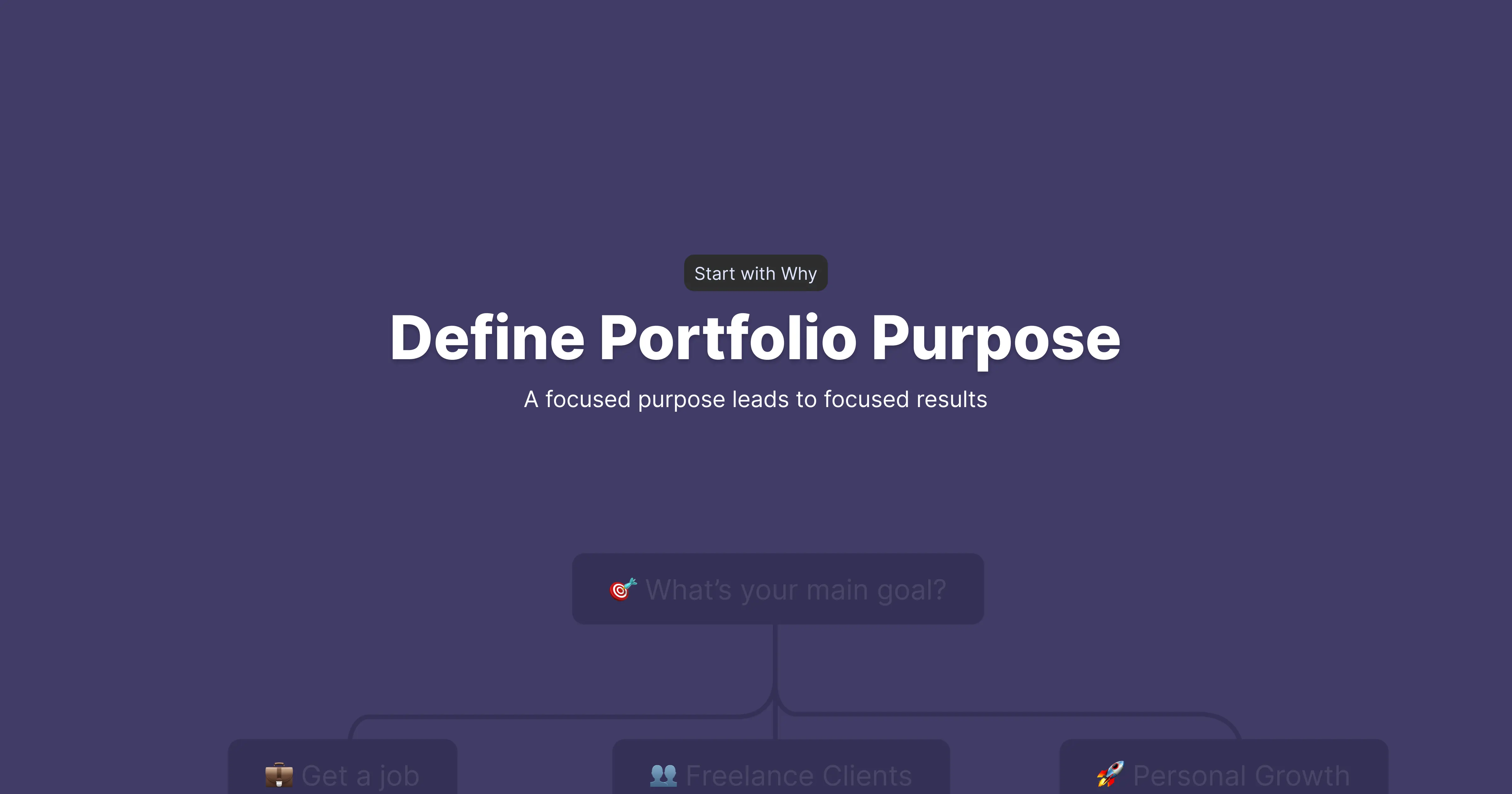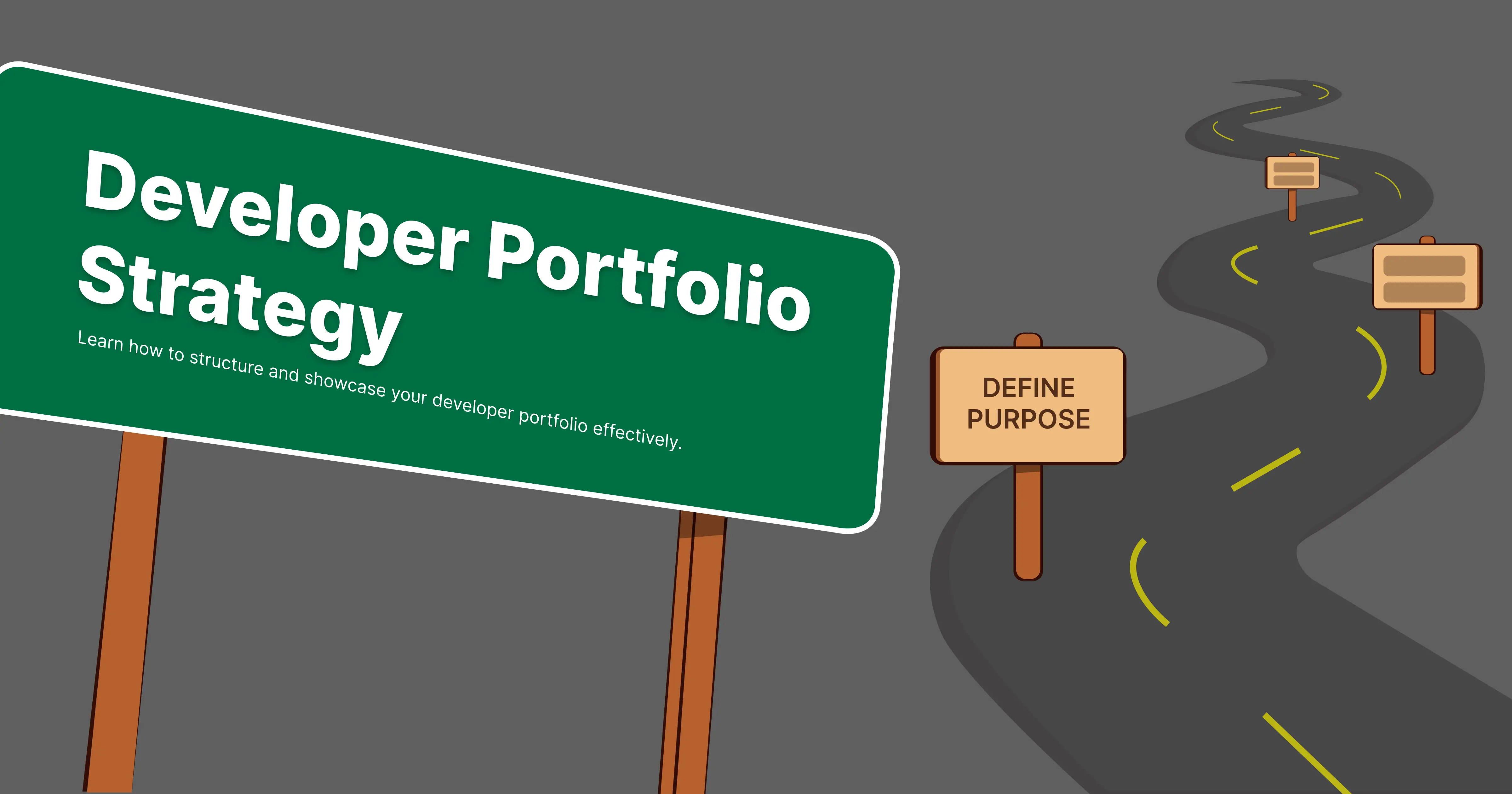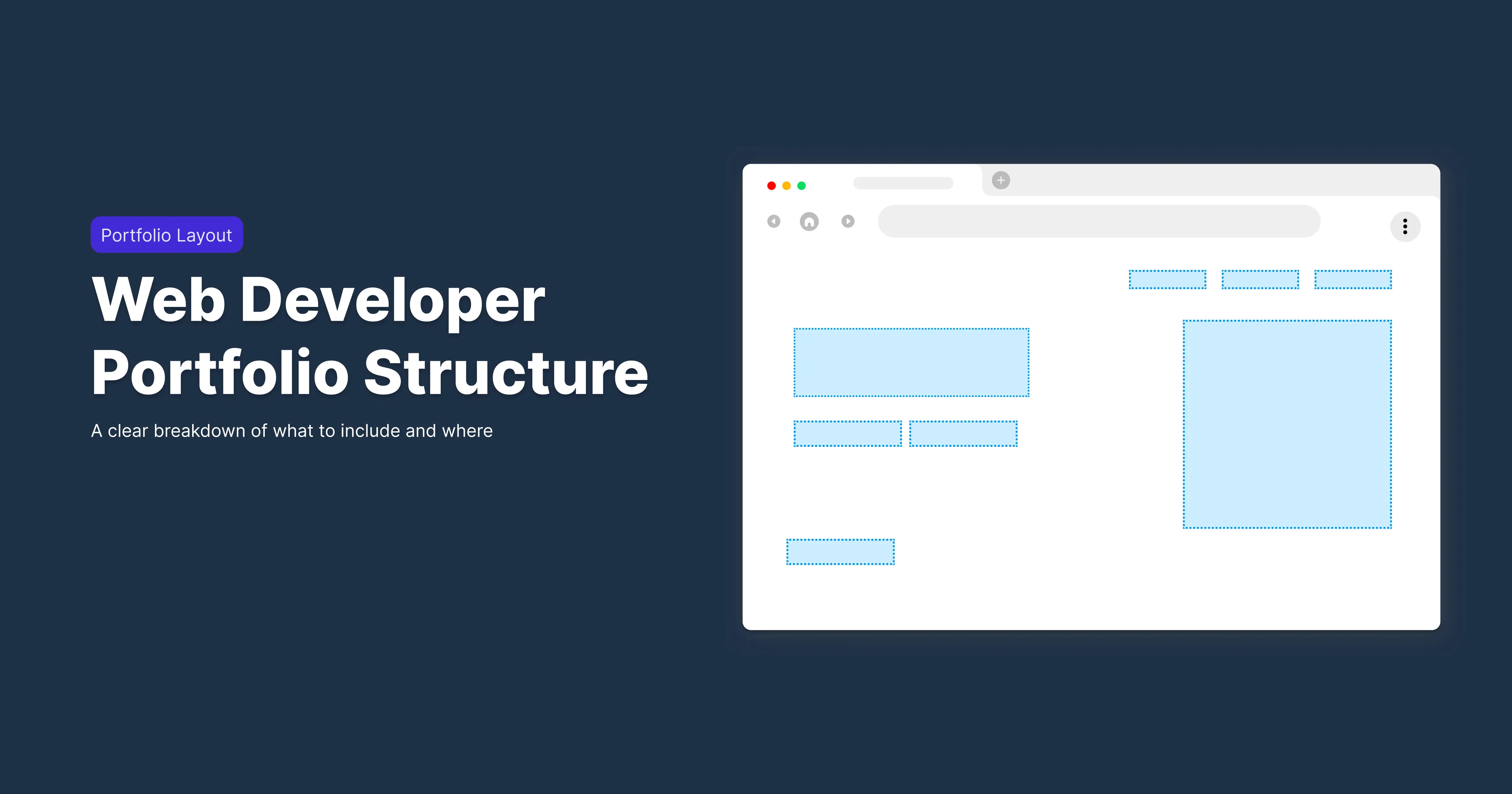Your portfolio is more than a collection of projects—it’s a tool. Whether you’re job hunting, attracting freelance clients, or documenting your growth, defining why you’re building it is the first step to doing it right.
Why Purpose Matters
Before writing a line of code or choosing a layout, you need to know what your portfolio is supposed to accomplish. Without a clear goal, it’s easy to lose focus or make decisions that don’t serve your end user—be it a recruiter, a client, or even yourself.
When you define your purpose, everything else—from the tone of your writing to the types of projects you showcase—falls into place.
The Four Most Common Portfolio Purposes
Every portfolio serves one (or more) of these goals. Understanding your primary purpose makes all the difference.
1. Getting Hired
Audience: Recruiters, hiring managers, technical interviewers
What they care about: Can you do the job? Do you communicate well? Can you work with a team?
What to emphasize:
- 3–5 polished projects with context and your role explained
- A clean, responsive design that’s easy to navigate
- A professional bio that matches your résumé
Mistakes to avoid:
- Too many “toy projects” that don’t show practical value
- Hiding or burying your contact info
- Forgetting to explain your role in team projects
If your main goal is employment, start by aligning your content with a strong portfolio structure that recruiters expect.
2. Attracting Freelance Clients
Audience: Potential clients, small business owners, startups
What they care about: Can you solve my problem? Are you reliable?
What to emphasize:
- Case studies with before/after comparisons
- Testimonials and social proof
- A services section that makes it clear what you offer
Mistakes to avoid:
- Focusing only on code quality (clients often care more about outcomes)
- No call-to-action for contacting you
Many freelancers struggle here, not because of skills but because of positioning. Our post on common portfolio mistakes explains how to avoid that trap.
3. Documenting Your Journey
Audience: Other learners, mentors, potential employers
What they care about: Are you improving? Do you have persistence?
What to emphasize:
- Blog posts or dev logs about what you’re learning
- Reflections on project challenges and breakthroughs
- A timeline of progress
Mistakes to avoid:
- Oversharing without clarity (keep posts scannable)
- Projects that don’t demonstrate growth
This type of portfolio often pairs well with blogging. If you’re considering it, check out our write-up on integrating content into your portfolio.
4. Building Credibility & Community
Audience: Developers, readers, open-source maintainers, followers
What they care about: Are you authentic? Do you contribute?
What to emphasize:
- Links to talks, blog posts, or content you’ve published
- Clear display of open-source contributions (GitHub, NPM, etc.)
- A distinct personal brand and visual style
Mistakes to avoid:
- Being overly polished (authenticity matters here)
- Hiding your personality
If you’re leaning this way, our breakdown of personal branding for developers dives deeper into how to position yourself.
Visitors Have Common Questions
No matter the purpose, every visitor typically has a common set of questions that your portfolio should answer clearly:
- Who are you? (and what do you specialize in)
- What can you do? (projects, skills, or services)
- How do I reach you? (contact info, CTA, or links)
Aligning Features With Purpose
Here’s a quick comparison of portfolio features based on purpose:
| Purpose | Key Features | Mistakes to Avoid |
|---|---|---|
| Getting Hired | Polished projects, About section, Résumé integration | Too many toy projects |
| Freelancing | Case studies, Testimonials, Services page | No clear CTA for contact |
| Learning | Blog, Reflections, Progress timeline | Unfocused or messy writing |
| Community/Brand | Content hub, GitHub highlights, Talks/podcasts | Overly generic template |
Framework: Defining Your Purpose
Still not sure which path to choose? Use this mini-framework.
From Purpose to Execution
Once your direction is clear, every part of your portfolio—from the hero section to project descriptions—can be crafted with intention. Knowing your "why" will save you time and help you build something that resonates with the right audience.
If you’re ready to take this further, our developer portfolio guide ties purpose, design, and storytelling into a full framework you can follow.


